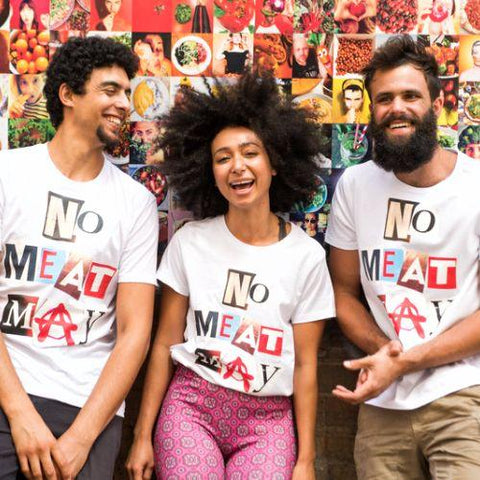Over the past five years, Mayra Estrella’s ‘Grupo Tortuguero Comcáac’ (Sea Turtle Group of the Comcáac people) has managed to release more than 8,000 baby olive ridley sea turtles into the Gulf of California.


Image: Gerardo López
Mayra Estrella — The Comcáac People’s “Turtle Mom”
39-year-old Mayra Estrella has dedicated 23 years of her life to protect sea turtles in El Desemboque; a small Mexican town on the shore of the Gulf of California! Estrella, also known as the “turtle mom”, belongs to the Indigenous Comcáac people.
Over the past five years, her sea turtle conservation group — ‘Grupo Tortuguero Comcáac’ — have diligently watched over an 11 kilometre stretch of sand to protect baby turtles! They’ve witnessed more than 8,000 olive ridley sea turtles swim into the waters of the Gulf of California.
“Sea turtles are responsible for the ocean’s health,” said Estrella to Mongabay’s Astrid Arellano. “They also help maintain the ecosystem’s balance, keeping the sea clean and clear. That’s why we must protect them.


Image: Sergio Macías
“Turtle Guardians” Have Restored Olive Ridley Sea Turtle Population
The “turtle guardians” of the Grupo Tortuguero Comcáac work up to 12 hours a day to guard vulnerable turtle eggs on the Mancha Blanca beach and the El Faro beach. At night, when the female turtles lay their eggs and return to the sea, the trained turtle team collects the eggs and transports them to their camp to protect them from coyotes. Typically, the group starts working in mid-July and finishes in November.
According to marine biologist and researcher, Karen Oceguera, the olive ridley sea turtle is no longer endangered: “I believe this is thanks to the work of many community groups over many years, such as the Comcáac in this case”.
Ten years ago there were between 4 and 7 nests per season [in the Comcáac territory]. Now, there's more than 50 or 60.
Image: Grupo Tortuguero Comcáac
To The Comcáac People, Sea Turtles Are Sacred
For Estrella and the Indigenous Comcáac people, sea turtles are more than a marine species. They represent the ties to their ancestors, and to the creation of the Earth itself! As a child, Estella's father would tell her stories of the special link between the Comcáac people and sea turtles.
“We are connected to them in some way,” said Estrella. “We are more tied to the leatherback sea turtle, but we are also connected to the green sea turtle, which, according to our stories, formed the Earth”. Their legends depict the leatherback sea turtle as a brother to the Comcáac people.
When the Comcáac people spot a leatherback sea turtle on the beach, they celebrate — but unfortunately, the leatherback sea turtle is one of the most endangered turtle species in the world, so these sightings are rare.
From A Food Source, To A Protected Species!
Hundreds of years ago, the Comcáac people relied upon sea turtles — especially green sea turtles — as a food source. The sea turtles provided sustenance and allowed the Indigenous people to survive in prolonged droughts and periods of scarcity.
Germán Barrera works with the Comcáac people and the Mexican government on turtle conservation measures. Barrera has witnessed a change in the Comcáac people’s relationship with sea turtles, thanks to the work of Estrella and her team.
“The impact has been very positive. What’s beautiful is that when they realised the species was at risk, they made a pact: the sea turtle had enabled them to survive the demanding conditions of the desert, so they should now let the sea turtle survive,” Barrera said.
Mayra Estrella and the Comcáac people’s work to restore the number of olive ridley sea turtles in Mexico is nothing short of extraordinary! The group’s dedication to protecting sea turtle nests and hatchlings has led to a direct increase in the number of releases reported into the Gulf of California.
For more inspiring and heartwarming conservation stories like this, check out our Eco News category and the blogs below.
These Biodegradable, ‘Flat-Pack’ Homes Are Helping Wildlife To Survive After Bushfires
North America’s First Whale Sanctuary Set To Open In 2023
Sea Otters’ Destructive Digging habit Is Boosting Ocean Health



